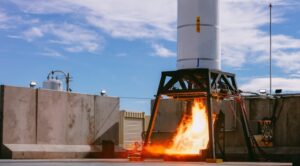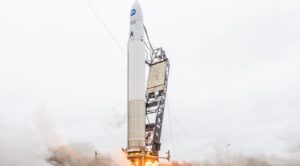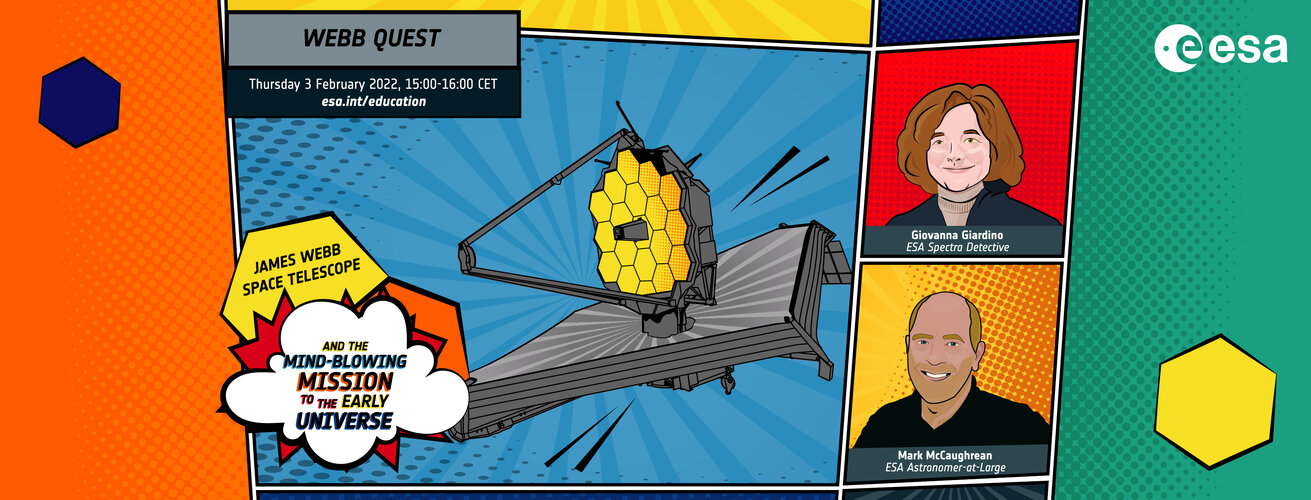DoD weapons testers to assess cybersecurity of GPS satellites, ground system and user equipment
Thursday, 27 January 2022 22:34
DoD's office of operational test and evaluation will assess "the survivability of the entire GPS enterprise in a contested space environment"
The post DoD weapons testers to assess cybersecurity of GPS satellites, ground system and user equipment appeared first on SpaceNews.
China’s Shijian-21 spacecraft towed a dead satellite high above graveyard orbit
Thursday, 27 January 2022 19:00
China’s Shijian-21 space debris mitigation satellite has docked with a defunct Chinese satellite to drastically alter its geostationary orbit, demonstrating capabilities only previously exhibited by the United States.
China’s Shijian-21 towed dead satellite to a high graveyard orbit
Thursday, 27 January 2022 19:00
China’s Shijian-21 space debris mitigation satellite has docked with a defunct Chinese satellite to drastically alter its geostationary orbit, demonstrating capabilities only previously exhibited by the United States.
ABL Space Systems test accident to delay first launch by three months
Thursday, 27 January 2022 18:59
ABL Space Systems says a test incident that destroyed the upper stage of its RS1 rocket last week will delay that vehicle’s first flight by three months as it identifies and corrects the failure’s root cause.
D-Orbit valued at $1.28 billion in SPAC deal
Thursday, 27 January 2022 15:47
D-Orbit announced plans Jan. 27 to go public through a merger with a special purpose acquisition company in a deal that values the Italian in-space transportation and logistics firm at $1.28 billion.
The post D-Orbit valued at $1.28 billion in SPAC deal appeared first on SpaceNews.
Connecting the Dots | Getting satellite regulation up to speed
Thursday, 27 January 2022 14:53
As part of efforts in the U.S. to bring regulation up to speed, the Federal Communications Commission is proposing revising rules governing how fixed-satellite service operators in NGSO share congested spectrum to avoid interference.
The post Connecting the Dots | Getting satellite regulation up to speed appeared first on SpaceNews.
Permafrost thaw: it’s complicated
Thursday, 27 January 2022 14:00
One of the many serious consequences of the climate crisis is that precious permafrost is thawing, and this is unleashing even more carbon to the atmosphere and further exacerbating climate change. However, it’s complicated. For example, sometimes permafrost can thaw rapidly and scientists are unsure why and what these abrupt thaws mean in terms of feedback loops. This makes it difficult to predict the future impact on the climate. Thanks to an ESA–NASA initiative, new research digs deep into understanding the complexities of permafrost thaw and how carbon is released over time.
Microsoft helps JPL with Deep Space Network scheduling
Thursday, 27 January 2022 13:00
Microsoft is working with the Jet Propulsion Laboratory to speed up the process for scheduling communications with distant spacecraft through NASA's Deep Space Network.
The post Microsoft helps JPL with Deep Space Network scheduling appeared first on SpaceNews.
Israel becomes 15th nation to join Artemis Accords
Thursday, 27 January 2022 12:30
Israel has joined the U.S.-led Artemis Accords for space exploration, hoping to use the agreement as a means of enhancing its space cooperation in the fields of research, science and innovation.
The post Israel becomes 15th nation to join Artemis Accords appeared first on SpaceNews.
University spy in Germany 'passed Ariane rocket details to Russia'
Thursday, 27 January 2022 12:10 German prosecutors on Thursday said they had charged a Russian scientist working at a Bavarian university with espionage, accusing him of sharing information about Europe's Ariane space rocket programme with Moscow.
The accused, identified only as Ilnur N., was arrested last June, the latest in a string of alleged Russian spies uncovered on German soil at a time of the worst tensions betwe
German prosecutors on Thursday said they had charged a Russian scientist working at a Bavarian university with espionage, accusing him of sharing information about Europe's Ariane space rocket programme with Moscow.
The accused, identified only as Ilnur N., was arrested last June, the latest in a string of alleged Russian spies uncovered on German soil at a time of the worst tensions betwe Volcano and impact craters seen in geologically rich new image from ESA's Mars Express
Thursday, 27 January 2022 11:51
At first glance, two contrasting circular features jump out of this scene: a volcano that rises gently above the surface with a collapsed caldera system, and an impact crater that digs down below. Both features have different stories to tell.
Volcano in a lava sea
Lying in the shadows of the Solar System's largest volcano, Olympus Mons, the much smaller Jovis Tholus shield volcano bears its own evidence of a long eruptive history.
Its complex caldera system comprises at least five craters. The largest is about 28 km wide, and sits off center, as clearly seen in the plan view images. The calderas step down towards the southwest where the youngest eventually meets with the surrounding sea of even younger lava flows. The lavas create a shoreline around the flanks, obscuring the original relief of the volcano, which now only sits about 1 km above the surrounding plains.
NASA selects a dozen companies for smallsat launch services
Thursday, 27 January 2022 11:50
NASA awarded contracts Jan. 26 to a dozen companies, ranging from industry stalwarts to startups yet to launch their first rocket, to provide low-cost launches of agency smallsats.
The post NASA selects a dozen companies for smallsat launch services appeared first on SpaceNews.
Image: Orbital resupply vehicle departs ISS
Thursday, 27 January 2022 11:48
Astronauts aboard the International Space Station farewelled over 2000 kg of scientific experiments and hardware on Sunday 23 January as a cargo Dragon spacecraft began its return to Earth.
ESA astronaut Matthias Maurer captured the resupply vehicle in all its glory as it departed the orbital outpost at 15:40 GMT/16:40 CET. It splashed down approximately 29 hours later off the coast of Florida, U.S..
The SpaceX spacecraft arrived at the Space Station just before Christmas, bringing new experiments alongside Christmas treats. It returned with a bellyful of science, including several European experiments that were quickly transported to NASA's Space Station Processing Facility at the agency's Kennedy Space Center in Cape Canaveral, and other items that flew with ESA astronaut Thomas Pesquet during his Alpha mission.
Among the experiments were an investigation into the effect of microgravity on resting muscle tone known as Myotones, cell cultures for the Cytoskeleton experiment that looks at how human cells behave in weightlessness, and a new device called Thermo-Mini for continually monitoring core body temperature that you might have seen Matthias sporting on Station.
Join Webb Quest: Mind-blowing mission to the early Universe
Thursday, 27 January 2022 11:05


